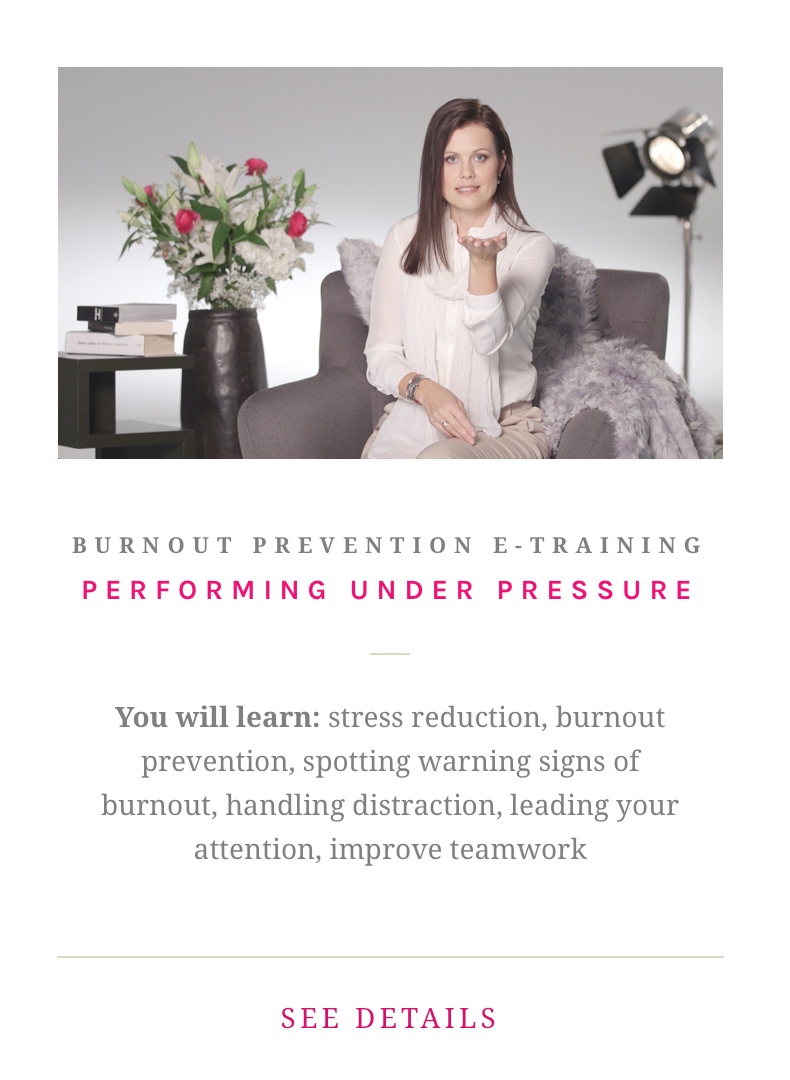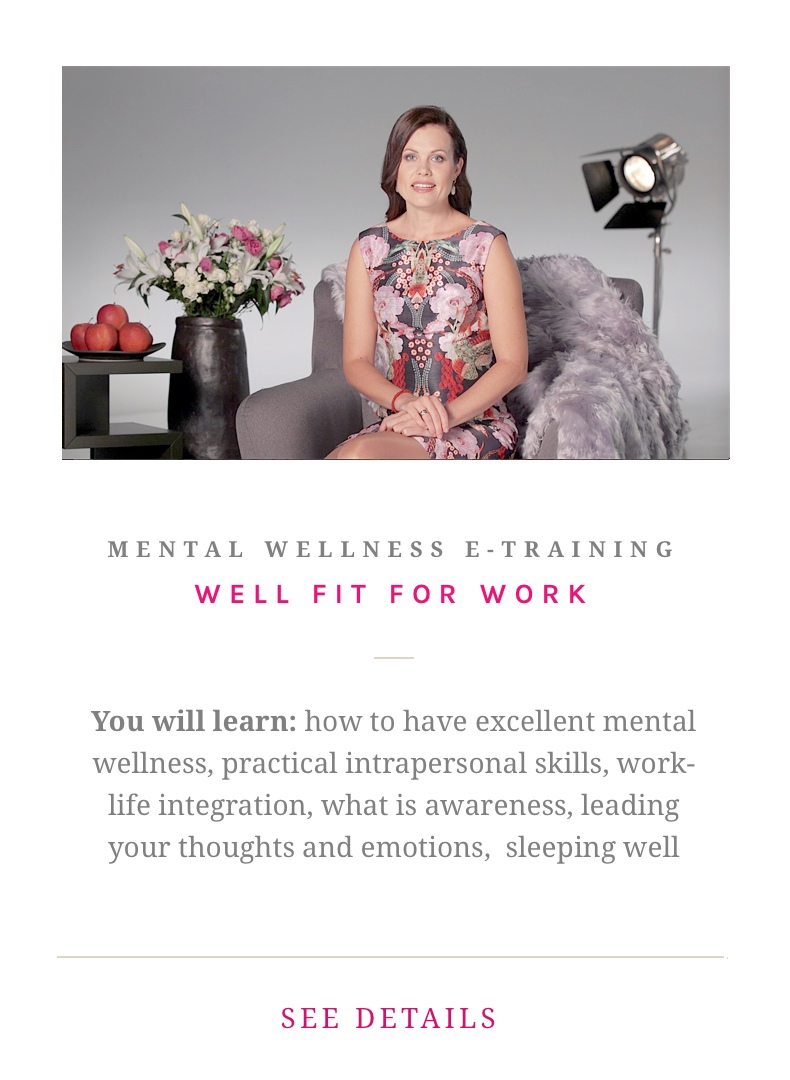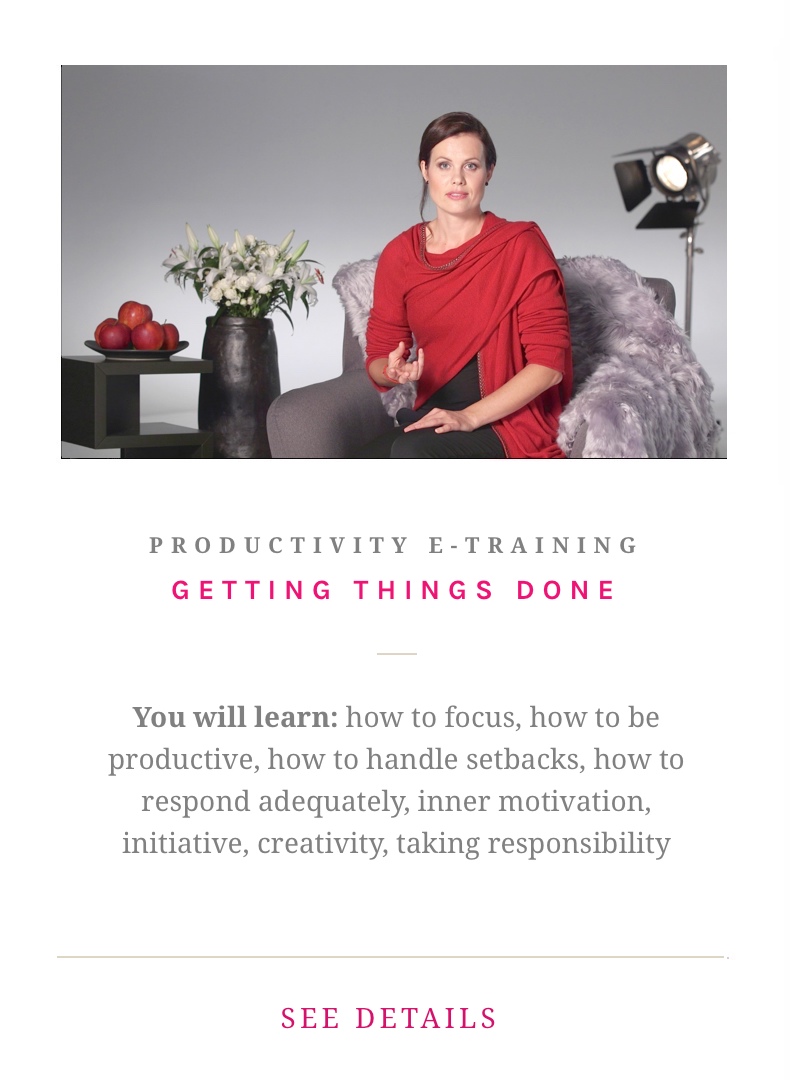Depression represents the leading cause of disability worldwide. Around the globe, one in five individuals grapples with mental health issues, with depression emerging as the predominant mental health concern.
The percentage of U.S. adults who report having been diagnosed with depression at some point in their lifetime has reached 29% by 2023, which is nearly 10% higher than in 2015. At a global level in 2017, over 300 million people were estimated to suffer from depression; however, the pandemic has changed this, and there is no new reliable global data available.
Regrettably, the promotion of wholesome lifestyles that directly enhance the mental well-being of the workforce has been unfortunately overlooked. Read on and find out what depression is and how to prevent it.
In the tapestry of work, mental well-being is an integral thread that weaves through every layer. Fostering excellent mental wellbeing isn't a choice; it's a practical necessity for unlocking the potential of both individuals and organizations.
What is depression?
Depression can impact how we think, feel, and behave, often causing disruptions in daily life and work (relationships).
Depression is a medical condition that affects the brain's chemistry and functioning, leading to persistent feelings of sadness, hopelessness, and a lack of interest or pleasure in activities.
Depressive disorders (For example, depressed mood, decreased engagement in enjoyable activities, decreased energy levels, disruptions in sleep or eating) are characterized by depressive mood (like: sad, irritable, empty) or loss of pleasure accompanied by other cognitive, behavioral, or neurovegetative symptoms that significantly affect the individual’s ability to function.
The most common depressive disorders are:
1. Single episode depressive disorder involves a sole instance of depression without previous episodes. A depressive episode is marked by persistent low mood or reduced interest in activities, lasting at least two weeks. This is accompanied by symptoms like difficulty concentrating, feelings of worthlessness, thoughts of death, changes in appetite or sleep, and decreased energy. It excludes manic or hypomanic episodes witnessed in bipolar disorder.
2. Recurrent depressive disorder involves two or more separate depressive episodes, each enduring at least two weeks, with a gap of several months between them without notable mood changes. A depressive episode entails prolonged feelings of low mood, loss of interest, and other symptoms like poor concentration, guilt, changes in sleep or appetite, and thoughts of death.
3. Dysthymic disorder is marked by a persistent depressive mood lasting over 2 years, with symptoms like low interest in activities, poor concentration, guilt, and disrupted sleep or appetite; also, chronic irritability may be part of it.
4. Mixed depressive and anxiety disorder entails symptoms of both anxiety and depression occurring for at least two weeks. Depressive signs include low mood or reduced interest, while anxiety symptoms may involve nervousness, excessive worry and physical tension. Neither set of symptoms alone qualifies for another depressive or anxiety disorder. These combined symptoms cause notable distress or impairment in various aspects of life. It doesn't include manic or mixed episodes indicative of bipolar disorder.
It's crucial to note that depression isn't indicative of weakness, but a genuine mental health disorder that can be successfully addressed with appropriate support and treatment.
It's critical to start the treatment of depression ASAP. Seeking help is a strength!
In the prevention context, understanding that, much like many mental health issues, depression doesn't manifest overnight is essential.
The development of depression as a disorder is typically a gradual process, often triggered by lasting and elevated stress levels that later lead to burnout in workplace environments.
While languishing – being unproductive without an apparent cause – may be part of the path to depression, it shouldn’t be confused with depression. In today’s workplaces, languishing and stress are common, as people lack proper intrapersonal education and self-leadership skills.
While languishing drops employee engagement, positive stress and early phases of burnout may improve it in the short run. So besides extra passiveness, extra eagerness may be an early warning sign that something is wrong as well.
Depression and workplace
The renowned psychiatrist and author Stephen M. Stahl once noted, "Depression isn't confined to personal realms; its impact extends to the very heart of workplaces."
According to a 2023 Gallup study, "Over one-third of women (36.7%) now report having been diagnosed with depression at some point in their lifetime, compared with 20.4% of men, and their rate has risen at nearly twice the rate of men since 2017. Those aged 18 to 29 (34.3%) and 30 to 44 (34.9%) have significantly greater depression diagnosis rates in their lifetime than those older than 44." So, depression is a problem affecting people at their prime work age.

Stress, burnout, and depression clearly damage employee well-being, motivation and performance, leading to a significant loss of productivity and competitiveness for many organizations. However, despite being a pressing workplace and societal issue, depression at work has mainly been researched at the individual employee level, while its impact on workplaces and work culture has remained poorly understood.
Despite the significant toll depression takes, many employers lack a systematic, proactive approach to addressing mental wellness at work.
Often, HR professionals and leaders only notice mental health concerns when poor performance is evident.
Ideally, employees should feel empowered to report mental health issues and request accommodations, allowing leaders and HR professionals to intervene promptly, minimize damage, and facilitate a swift return to better health. However, this demands an ethical and supportive work culture and a fundamental understanding of the importance of mental wellness.
By understanding the profound impact of depression on leaders and employees, and by implementing comprehensive proactive mental wellness strategies, it becomes possible to forge a path toward a brighter, more resilient, and thriving workplace.
Navigating Depression: Insights for Leaders
All leadership roles (including HR professional roles) come with challenges and responsibilities, and when difficulties pile up, often heightened stress levels and burnout risk enter the game.
Remember, the typical path to depression at work is through burnout, as burnout overlaps in 86-92% of cases with depression.
While depression and burnout share many symptoms, they differ in cause and severity. Many symptoms overlap between the two, such as a lack of energy, difficulty focusing, and not feeling hopeful about the future.
If you are capable of noticing the distinct phases of burnout, you can stop the downward spiral before it becomes an illness.
When depression enters the equation, the results can be debilitating. Decision-making abilities become clouded, communication skills falter, and the capacity to inspire and the ability to guide teams and seek solutions wane.
As Stahl observed, "Depression reshapes the lens through which leaders perceive the world, hindering their effectiveness and potential."
As an HR or business leader, you should be able to notice the depression signs: decreased energy, loss of interest, disrupted sleep, low self-esteem and poor concentration.
When you grasp these symptoms, you'll be better equipped to foresee any performance concerns and anticipate potential accommodation requests, promoting a supportive work environment.
Your leadership encompasses creating a positive work environment that yields better outcomes for all, including those grappling with depression, and this holds true for HR leaders as well.
Addressing Employee Passiveness: Understanding Depression's Impact
It isn’t merely leaders and top-performing experts who feel the weight of depression's burden. Employees across all levels can find themselves caught in dark and depressive moods.
As most people lack practical awareness-based intrapersonal skills, they fail to cope with stress and notice the early warning signs of burnout, and thus, without pausing to replenish their energy, individuals tread a path that leads to more profound mental health challenges. Among these, the most prevalent are depression and anxiety.
The effort to maintain professional performance while dealing with depression can erode concentration, trigger fatigue, and heighten irritability. This inner turmoil, combined with pessimism and passiveness, will mostly lead to job dissatisfaction and decreased overall productivity.
Ensuring workplace well-being often involves anticipating that your team members might discuss mental health issues with you, but this demands an open and friendly workplace culture. Does your workplace have such a culture?
Is your workplace offering opportunities to train your mind?
Common work hours often span nine to five, but employees grappling with depression might seek a more delayed start due to sleep troubles. Depression often disrupts sleep, causing oversleeping or insomnia. Adjusting work hours for them represents one way to support people who are on a path of healing.
If you implement flexible hours, establish collaboration hours, when everyone is expected to be present, as such a provision of structure is helpful for those with depression.
Remember to encourage interaction and be attentive to avoidance behaviors. Isolation exacerbates the loneliness that many individuals with depression already experience. When feeling lonely, individuals with depression tend to ruminate on its negativity, exacerbating their condition.
We recommend regular checking in and offering support without judgment when you have employees with any depressive disorder. Research has proven that good work relationships ease depression; stronger bonds with HR and team leaders can alleviate it.
When employees who are stressed, nearing burnout, or depressed express that their workload feels overwhelming, their leaders can assist them by dividing significant projects into smaller tasks and ensuring they take periodic breaks and remember to eat.
A genuinely caring and friendly approach empowers employees with achievable goals and instills hope for improving their well-being.
Depressed individuals frequently possess strong self-criticism. Instead of dwelling on failures, support and celebrate achievements, like meeting deadlines. Research suggests criticism from perceived harsh critics dampens neurocircuits controlling negative emotions.
Depressed employees' motivation fades under threats or punishment. Presenting tasks as positive necessities boosts motivation more than emphasizing drawbacks. Linking assignments to benefits heightens appeal and intrinsic motivation.
Kindness and patience matter as dealing with depression is challenging for both the person affected and those they interact with.
When engaging with a depressed employee, be mindful of your own emotions. If you feel anger, frustration, or diminished, remember that people with depression are battling difficult inner struggles daily. This isn't about you; it's your role as a team leader or HR to provide adequate support. Keep in mind that depression is an illness. Supporting your employees aids your team and reflects inspirational leadership.
And above all, be proactive and allow people to train their minds. In addition, ensure your employees have access to necessary resources, like Employee Assistance Programs.
Invite people to train their minds regularly to reduce stress and encourage your team members to seek help before burnout turns into depression or their depressive disorders become a lonely battle that leads to resigning from jobs.
Conclusion - your responsibility is to enact change
According to the Diagnostic and Statistical Manual of Mental Disorders, a major depressive episode consists of either a depressed mood or loss of interest and at least four of the following: weight/appetite changes, insomnia or hypersomnia, psychomotor agitation or retardation, fatigue, feelings of guilt or worthlessness, executive dysfunction and suicidal ideation. Notice such changes in yourself and others around you and take action as early as possible to prevent depression.
The opposite of depression is a flourishing state, where your energy and confidence to enhance mental well-being prevail. Life's challenges don't induce stress and automatic inner negative reactions when we acquire good intrapersonal skills.
Learning intrapersonal skills allows you to reduce stress and languishing, leading to the prevention of burnout and depression.
When individuals reach an awareness-based flow state, their work efficiency and enjoyment will instantly improve. When work holds significance and enjoyment, it adds meaning and value to life and, in return, motivates one to keep a fit mind and body.
Maintaining a work-life integration suitable for your unique situation and systematically training your mind is pivotal in preventing and surmounting depression.


.jpg)



